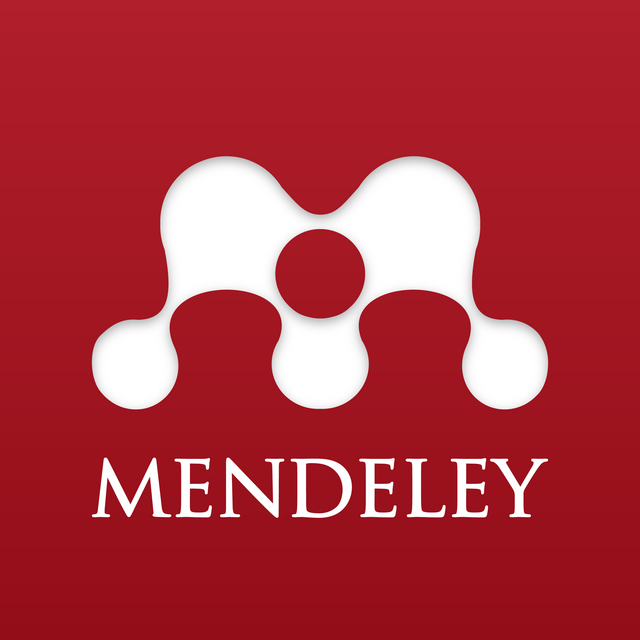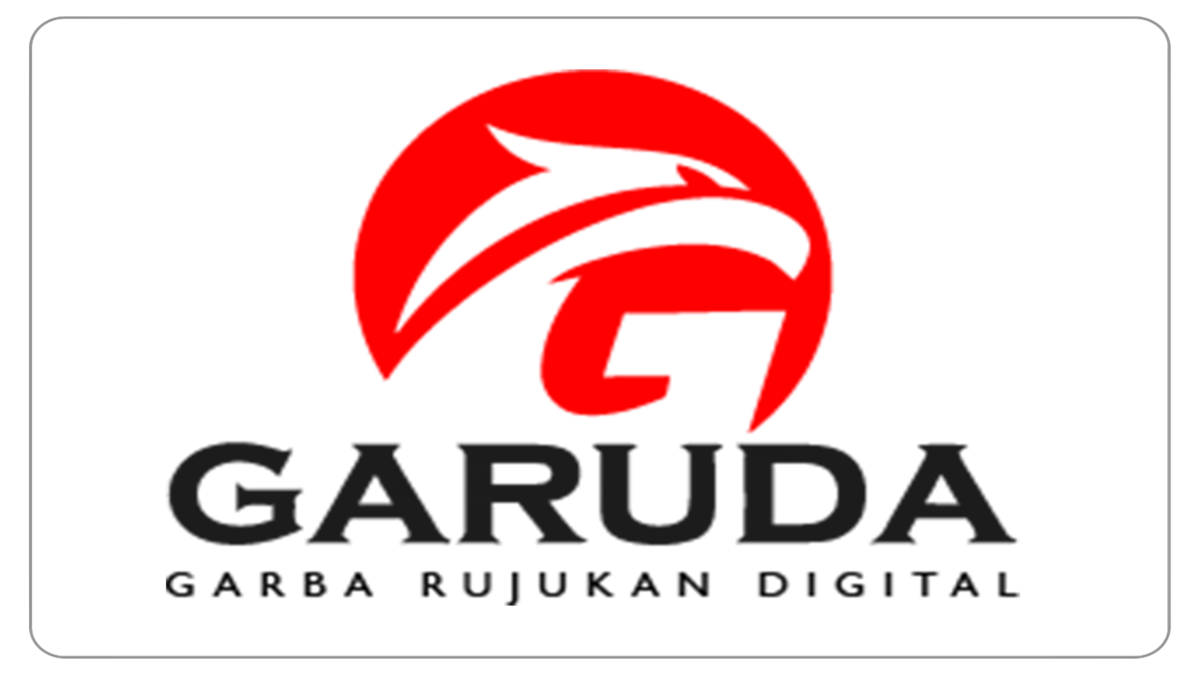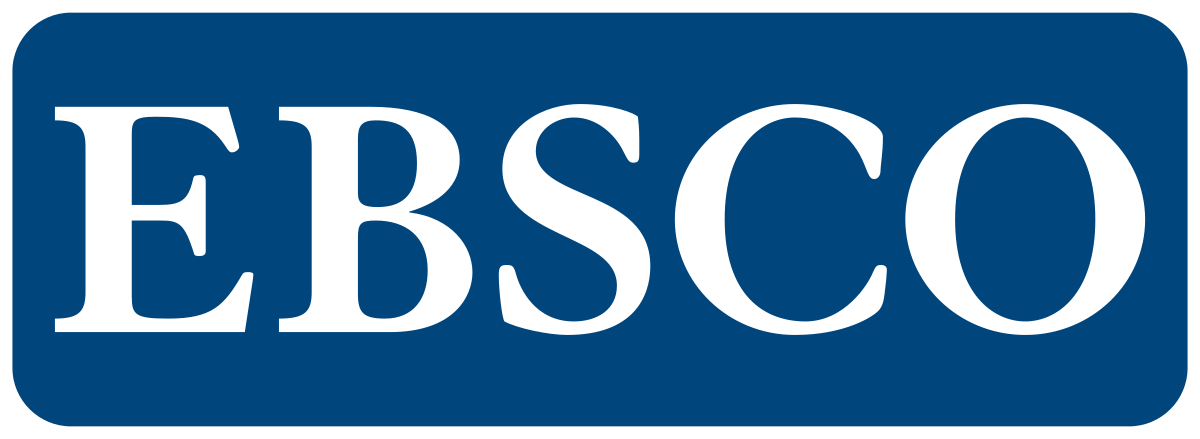Design of a Circular Economy Model for Corn by-Products
DOI:
https://doi.org/10.23960/jtepl.v14i4.1506-1516 Abstract View: 78
Abstract View: 78
Keywords:
Chemical analysis, Circular economy, Corn plant by-products, ECM, Physical analysisAbstract
The waste generated from corn cultivation remains underutilized, necessitating studies on its potential for economic value. The objective of this research was to study the cicular economi model to maximally utilize corn wastes. Corn plant samples were collected from 20 different locations. The corn plants were separated into husks, cobs, grains, leaves, and stems, then weighed to obtain physical data in the form of the percentage weight of each part. The parts of the corn plants were chemically analyzed to determine their cellulose, hemicellulose, lignin, extractable substances, ash content, and C/N ratio. In addition, interviews were conducted to assess the potential for developing derivative products and market prospects. Exponential Comparison Method (ECM) was used to determine which derivative products to be developed within the circular economy model design. The study revealed the dry weight composition of corn plant as follows: husks 6.34%, cobs 7.19%, grains 31.65%, leaves 17.24%, and stems 37.58%. The chemical composition of corn plant was hemicellulose 27.55%, cellulose 29.26%, lignin 11.51%, extractive substances 30.19%, and ash content 1.49%. The C/N ratio values of the corn plant by-products were: husks 49.79, cobs 95.11, leaves 30.99, and stems 56.21. Based on the ECM calculations, silage was selected as the top priority to be developed, with a score of 121,972,607.
Downloads
References
Achardi, Y., Hosang, E.Y., Matitaputty, P.R., & Sendow, C.J.B. (2021). Potensi limbah jagung hibrida (Zea mays L) sebagai pakan ternak di daerah dataran kering Provinsi Nusa Tenggara Timur. Nusa Tenggara Timur. Jurnal Ilmu Nutrisi dan Teknologi Pakan, 19(2), 42-48. http://dx.doi.org/10.29244/jintp.19.2.42-48
Anggraeni, F. (2007). Pemanfaatan Tongkol Jagung sebagai Nutrisi Tambahan pada Media Jamur Tiram Putih. [Undergraduate Theses]. Fakultas Pertanian Universitas Brawijaya, Malang.
Anwar, M. (2022). Green economy sebagai setrategi dalam menangani masalah ekonomi dan multilateral. Journal of Tax and Public Finance, 4(1S), 343-356. https://doi.org/10.31092/jpkn.v4i1S.1905
Cahyana, Y., Mukhroji, M., Bakrun, M., & Sugito, J. (1999). Jamur Tiram Pembibitan Pembudidayaan Analisis Usaha. Penebar Swadaya, Jakarta.
Dahliana, A.B., Hujemiati, H., Suyuti, Y., & Jumardi, J. (2022). Proses pengolahan limbah jagung menjadi pupuk organik di Desa Wellulang Kecamatan Amali Kabupaten Bone. Empowerment Jurnal Pengabdian Masyarakat, 1(4), 455-461. http://dx.doi.org/10.55983/empjcs.v1i4.178
Darmin, V., Dato, T.O.D., & Mullik, M.L. (2022). Pengaruh rasio karbon–nitrogen dalam ensilage campuran mukuna lokal (Mucuna sp.) dan rumput kume (Shorgum plumosum var. timorense) segar terhadap kandungan nutrisi produk. Jurnal Nukleus Peternakan, 9(2), 127–135. http://dx.doi.org/10.35508/nukleus.v9i2.7835
Ekins, P., Domenech, T., Drummond, P., Bleischwitz, R., Hughes, N., & Lotti, L. (2019). The Circular Economy: What, Why, How and Where. The EOCD/European Commission, Paris. https://discovery.ucl.ac.uk/id/eprint/10093965
Ellen MacArthur Foundation. (2015). Growth WITHIN: A Circular Economy Vision for a Competitive Europe. Ellen MacArthur Foundation, UK, Cowes.
FAO (Food and Agriculture Organization). (2017). The Future of Food and Agriculture – Trends and Challenges. Food and Agriculture Organization, Rome.
Ghisellini, P., Cialani, C., & Ulgiati, S. (2016). A review on circular economy: the expected transition to a balanced interplay of environmental and economic systems. Journal of Cleaner Production, 114, 11-32. https://doi.org/10.1016/j.jclepro.2015. 09.007
Ginayati, L., Faisal, M., & Suhendrayatna, S. (2015). Pemanfaatan asap cair dari pirolisis cangkang kelapa sawit sebagai pengawet alami tahu. Jurnal Teknik Kimia USU, 4(3), 7-11.
Handayani, T., Xyzquolyna, D., & Eke, S. (2018). Karakteristik asap cair tongkol jagung dengan pemurnian menggunakan arang aktif. Jambura Journal of Educational Chemistry, 13(2), 121-126.
Islamiyati, R., Surahman, Y.D.A., & Wardayanti, W. (2017). Buletin nutrisi dan makanan ternak: kandungan protein dan serat kasar tongkol jagung yang berbeda diinokulasi Trichoderma sp pada inkubasi yang berbeda. Buletin Nutrisi dan Makan Ternak. 12(2), 59–63.
Kasim, E., Aslidayanti, A., Aminah, S. (2021). Pemanfaatan limbah tongkol jagung sebagai pengganti bahan bakar hemat hemat ekonomi dimasa pandemi Covid – 19. Judikmas Sosiosaintifik, 3(2).
Kumar, R., Karmakar, S., Minz, A., Singh, J., Kumar, A., & Kumar, A. (2021). Assessment of greenhouse gases emission in maize-wheat cropping system under varied n fertilizer application using cool farm tool. Frontiers Environment Science, 9. https://doi.org/10.3389/fenvs.2021.710108
Marimin, M. (2004). Teknik dan Aplikasi Pengambilan Keputusan Kriteria Majemuk. PT. Grasindo, Jakarta.
Mautuka, Z.A., Maifa, A., Karbeka, M. (2022). Pemanfaatan Biochar tongkol jagung guna perbaikan sifat kimia tanah lahan kering. Jurnal Ilmiah Wahana Pendidikan, 8(1), 201-208. http://dx.doi.org/10.5281/zenodo.5827375
Mehang, K.D., Ina, Y.T., & Hambakodu, M. (2022). Pemanfaatan asap cair tongkol jagung dan pengaruhnya terhadap fisiko-kimiawi dan akseptabilitas dengan ayam broiler. Jurnal Peternakan, 6(2).
Pratama, I.B.G. (2019). Nutrisi dan Pakan Ternak Ruminansia. Udayana University Press, Denpasar, Bali.
Pratama, S.A., Kaligis, J.B., & Rimbing, J. (2015). Populasi dan persensate serangan hama penggerek batang (Ostrinia furnacalis Guenée) pada Tanaman Jagung Manis (Zea mays saccharata Sturt) di Kecamatan Tomohon Utara Kota Tomohon. Cocos, 6(11), 12 pp.
Putri, V.I., Mukhlis, M., Hidayat, B. (2017). Pemberian beberapa jenis biocharuntukmemperbaiki sifat kimia tanah ultisol dan pertumbuhan tanaman jagung. Jurnal Agroekoteknologi FP USU, 5(4), 824-828.
Sari, L.D.K., Jumadi, R., & Lailiyah, W.N. (2022). Pertumbuhan jamur tongkol jagung (Volvariella sp.) pada berbagai ketebalan media dan perbandingan bekatul dengan urea. TROPICROPS (Indonesian Journal of Tropical Crops), 5(1), 24–37. https://doi.org/10.30587/tropicrops.v5i1.3811
Sukmawati, S. (2020). Bahan organik menjanjikan dari biochar tongkol jagung, cangkang dan tandan kosong kelapa sawit berdasarkan sifat kimia. Jurnal Agroplantae, 9(2), 82-94.
Swastawati, F., Agustini, T.W., Darmanto, Y.S., & Dewi, E.N. (2007). Liquid smoke performance of lamtoro wood and corn cob. Journal of Coastal Development, 10(3), 189-196.
Syahniar, T.M., & Subagja, H. (2018). Peningkatan kualitas pakan dan perbaikan manajemen produksi di peternakansapi potong Bago Mulyo, Kecamatan Gumuk Mas Kabupaten Jember. Seminar Nasional Hasil Penelitian dan Pengabdian Kepada Masyarakat.
Tongwane, M., Mdlambuzi, T., Moeletsi, M., Tsubo, M., Mliswa, V., & Grootboom, L. (2016). Greenhouse gas emision from different crop production and management practices in South Africa. Environmental Development, 19, 23-35. http://dx.doi.org/10.1016/j.envdev.2016.06.004
Tripathi, M., Sahu, J.N., & Ganesan, P. (2016). Effect of process parameters on production of biochar from biomass waste through pyrolysis: A review. Renewable and Sustainable Energy Reviews, 55, 467–481. https://doi.org/10.1016/j.rser.2015.10.122
Wahyuningsih, E., Sulistiyawati, I., & Rahayu, N.L. (2022). Pemanfaatan serbuk gergaji kayu untuk budidaya jamur tiram putih (Pleurotus ostreatus) di kelompok masyarakat Desa Pasir Kidul. DISEMINASI Jurnal Pengabdian Masyarakat, 4(2), 148–155. http://dx.doi.org/10.33830/diseminasiabdimas.v4i2.2704
Downloads
Published
How to Cite
Issue
Section
License
Copyright (c) 2025 Galuh Eska Mulyanto

This work is licensed under a Creative Commons Attribution-ShareAlike 4.0 International License.
Authors who publish with this journal agree to the following terms:
Authors retain copyright and grant the journal right of first publication with the work simultaneously licensed under a Creative Commons Attribution-ShareAlike 4.0 International Lice that allows others to share the work with an acknowledgement of the work's authorship and initial publication in this journal.
Authors are able to enter into separate, additional contractual arrangements for the non-exclusive distribution of the journal's published version of the work (e.g., post it to an institutional repository or publish it in a book), with an acknowledgement of its initial publication in this journal.
Authors are permitted and encouraged to post their work online (e.g., in institutional repositories or on their website) prior to and during the submission process, as it can lead to productive exchanges, as well as earlier and greater citation of published work (See The Effect of Open Access).
Jurnal Teknik Pertanian Lampung

JTEPL is licensed under a Creative Commons Attribution-ShareAlike 4.0 International License.













